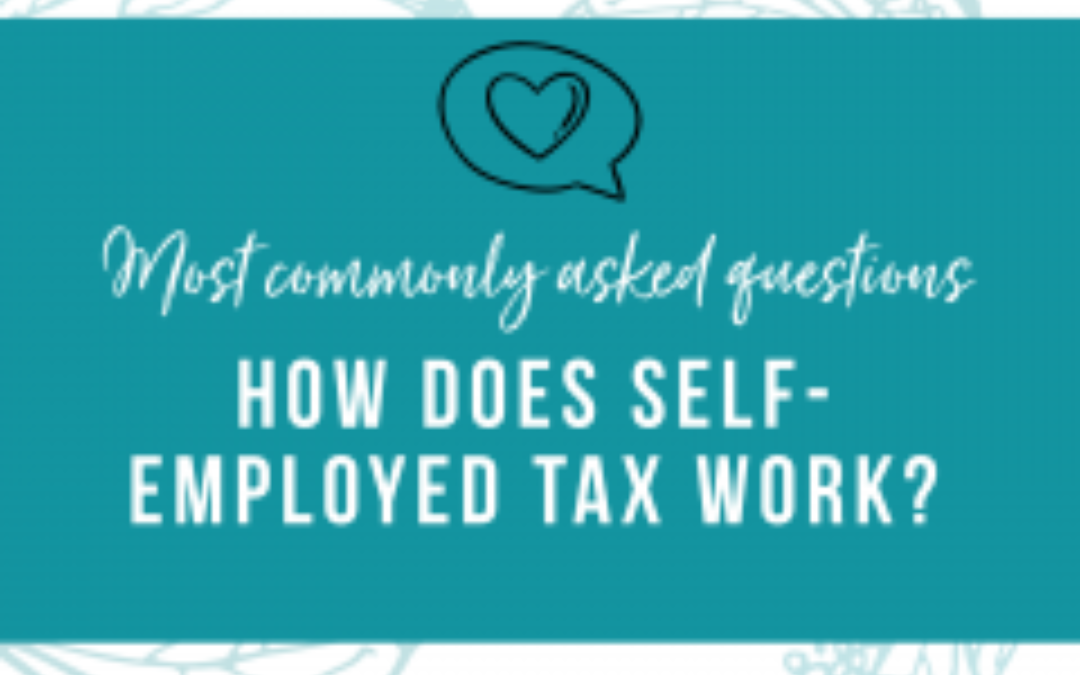Who Is Self-Employed?
You are most likely self-employed if any of the following applies to you:
- If you perform a trade as a sole proprietor or independent contractor
- If you are a member of a partnership that performs a trade or business
- You are otherwise in business for yourself, including part-time business
What Are My Self-Employed Tax Obligations?
There are a few tax obligations when you are self-employed:
- You are required to file an annual return and pay estimated tax quarterly.
- Generally you must pay self-employment tax.
- this is a social security and medicare tax used primarily for individuals who work for themselves
- it is similar to the medicare and social security taxes withheld from payroll if you were employed
- you must also pay income tax
- if your net earnings from self-employment were $400 or more, you have to file an income tax return
- if your net earnings are less than $400 and you meet certain requirements, you might not have to file an income tax return.
How Do I Make My Quarterly Payments?
Because you do not have an employer withholding Social Security and Medicare taxes, it is important to figure out your estimated tax. You can calculate them yourself by using the Form 1040-ES Worksheet or ask your accountant. The worksheet will also let you know if you are not required to file quarterly taxes.
If this is your first year being self employed, you will need to estimate the amount of income you expect to earn for the year .
There are blank vouchers you can use from Form 1040-ES when you mail your estimated tax payments or you may make your payments using the Electronic Federal Tax Payment System (EFTPS). If you estimated your earnings too high or too low, simply complete another Form 1040-ES worksheet to refigure your estimated tax for the next quarter.
How Do I File My Annual Return?
We first want to say that it’s always recommended to use a CPA or certified accountant when filing.
If you are a single member LLC, sole proprietor, or independent contractor, you will need to file a Schedule C to report your income or loss from your business. This form is included with your individual tax return (Form 1040). It’s not a separate tax return.
If you are a multi-member LLC (that did not elect S Corp Status) or a partnership, you will need to file a Form 1065. This is a separate tax return that generates a Form K1. Think of the K1 as a W2. It get’s reported on your individual tax return and taxed personally.
If you are a multi-member LLC or a Corporation that is taxed as a S Corp, you will need to file a Form 1120S. This is very similar to the reporting of a partnership with one very important difference. You are not subject to self-employment tax on the pass through income from the K1.
In all situations, except for S Corps, you must file a Schedule SE, in order to report your Social Security and Medicare taxes.
If you have any questions or need help preparing your tax return, please contact us. We would be happy to help!
Please feel free to fact check us at the IRS.gov

